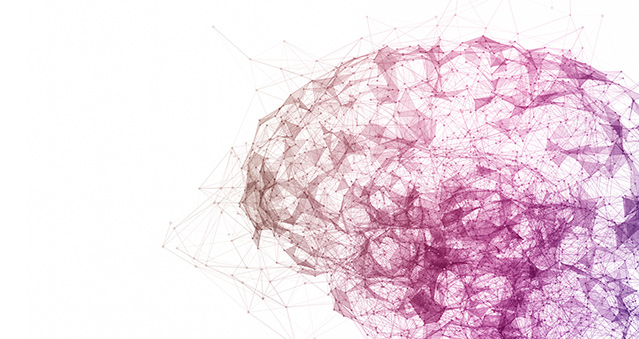Dopamine Transporter Scan
DaTscan
Dopamine Transporter Scan, also known as DaTscan, is a new, non-invasive imaging test for patients that can help physicians diagnose Parkinson’s disease and Dementia.
The Dopamine Transporter Scan involves a procedure where a drug is injected into the bloodstream and is used to assess dopamine-containing neurons. These neurons are involved in controlling movement.
The radioisotope injection circulates around the body, making its way to the brain.
A nuclear medicine camera is then used to capture images of the patient’s brain. A radiologist examines those images and will determine whether Parkinson’s disease or dementia is detected, looking to see if the radioisotope injection can be seen in the brain.
Impact of DaTscan
This test goes beyond a conventional MRI. In fact, in many cases, MRI imaging could appear normal, therefore, not confirming the diagnosis. However, the DaTscan, coupled with a neurologist’s examination, can confirm either a Dementia or Parkinson’s disease diagnosis.
This non-invasive procedure can also help physicians in differentiating Parkinson’s disease from essential tremors.
Patient Preparation
Tell the nurse if you have the following:
- Pregnant
- Nursing
- Have reduced liver function
- Allergies
- Sensitivity to iodine
One of the most important steps that a patient can take prior to a dopamine transporter scan is to inform their doctor about any medications they are currently taking.
This will help ensure that there are no drug interactions between the medication and the contrast material used during the scan.
Additionally, it is important to avoid eating or drinking for several hours prior to the scan, as this can interfere with the results.
Bring a list of medications that you are taking; their name and dosage.
An intravenous (IV) line will be injected into your arm so the DaTscan can go in throughout your body. You may need to wait three to six hours before the imaging test can begin.
What to expect during an exam
A patient will take an iodine pill one hour before the exam.
During the scan itself, it is important for patients to remain still and keep their breathing steady. They may be asked to hold their breath for certain parts of the scan, so it is important to follow any instructions given during this time.
During your dopamine transporter scan exam, you will typically lie still in a bed or table while a small device called a scanner moves over your body.
Lastly, it is important to discuss any concerns or questions about the dopamine transporter scan with your doctor, as this will help ensure that you have a positive and successful experience.
Drink plenty of fluids on the day of the exam.
Length and Preparation for Exam
This test can last from 3 to 6 hours, depending on whether you have an initial test or a follow-up test. If you are undergoing this scan for the first time, it may take longer because your doctor will need to perform more extensive testing and analyze the results in more detail.
The length of a dopamine transporter scan is dependent on several factors. The most important factor is the dose of the radiotracer used in the scan. Other factors that can affect the length of the scan include gender and age.
Getting Results
A dopamine transporter scan can provide you with results relatively quickly, depending on the facility where the scan is performed.
Generally, a dopamine transporter scan will produce results within a couple of days or weeks of your appointment. If there are any delays in receiving your results, or you have questions about them, make sure to talk to your doctor or another healthcare provider for more information.
A physician will discuss the results with you along with an explanation of what the results mean.
After the exam
Drink plenty of fluids after the exam. A person may need to undergo further testing. A person may need to undergo further testing if it is recommended by the doctor.
Neurology at CHRISTUS

Parkinsons Disease
Do You Suffer from Parkinson's Disease? Learn more about diagnosing and receiving personalized treatment for Parkinson's disease.
Dementia
Does someone you love suffer from Dementia? Learn more about diagnosing and receiving personalized treatment for dementia.
